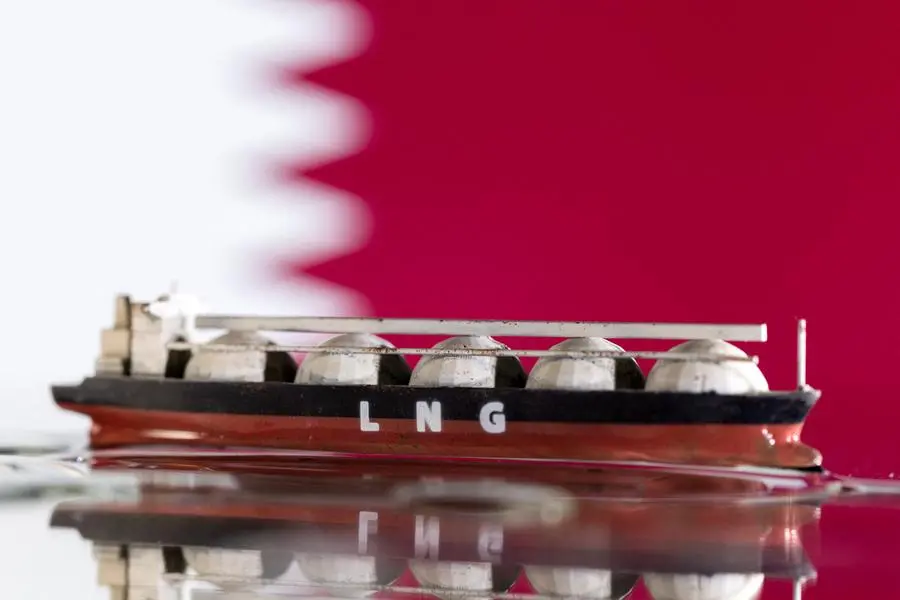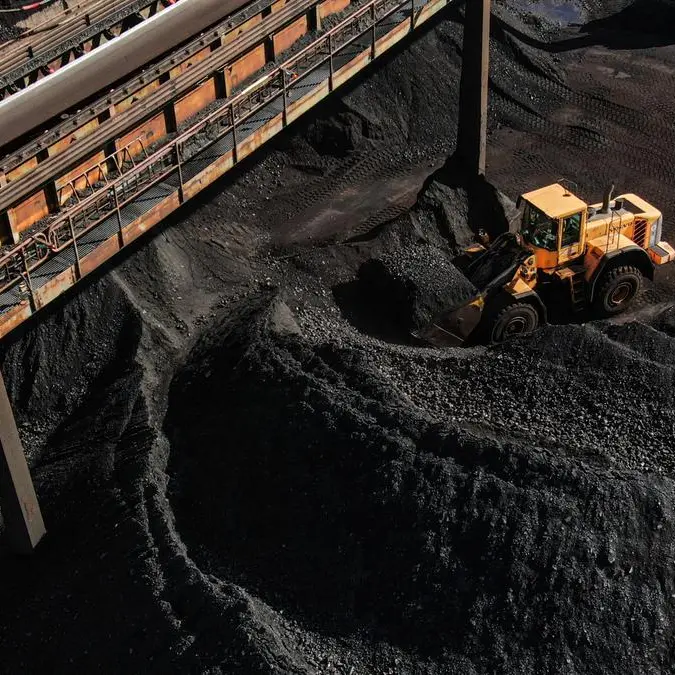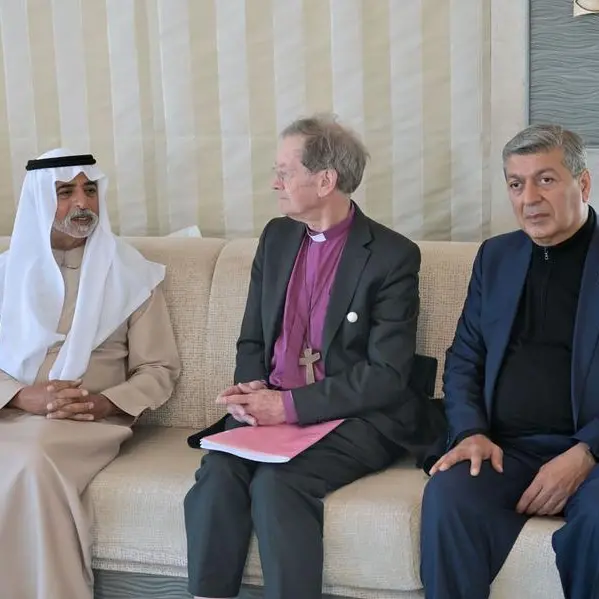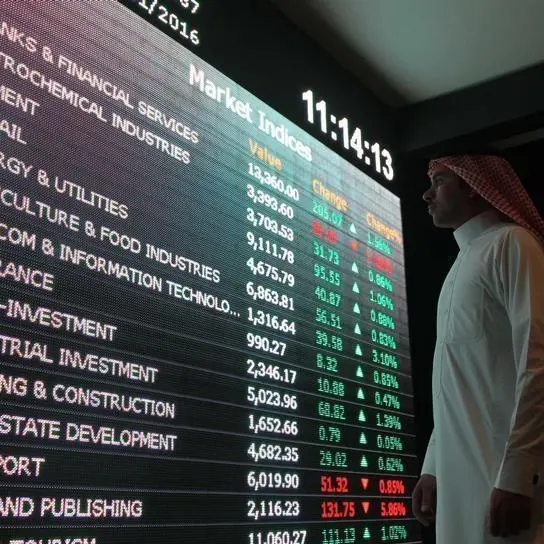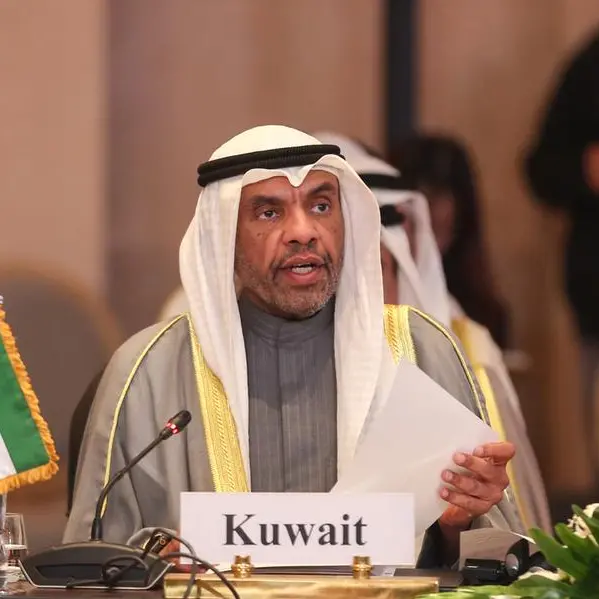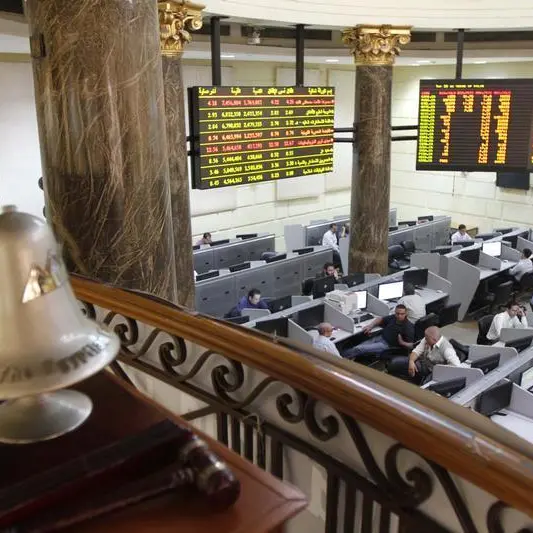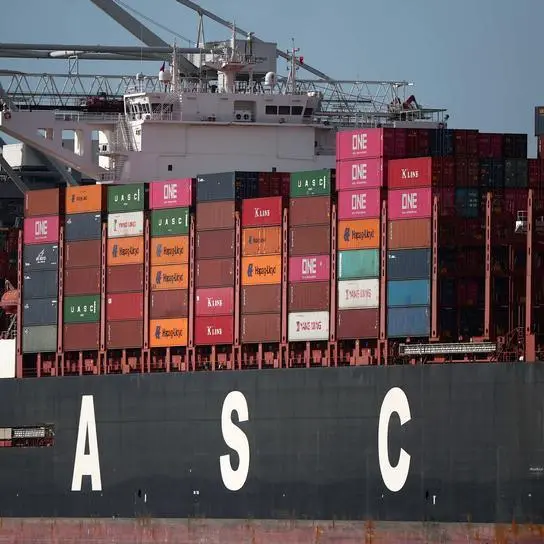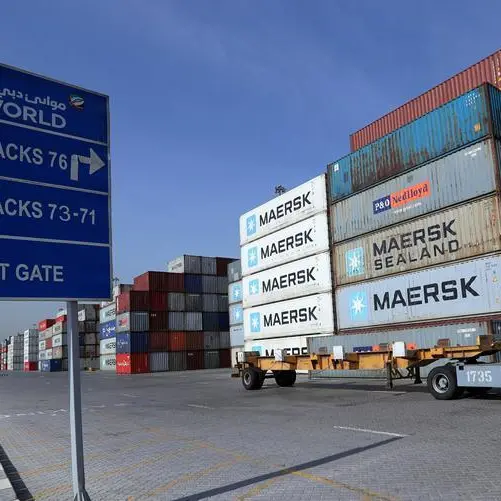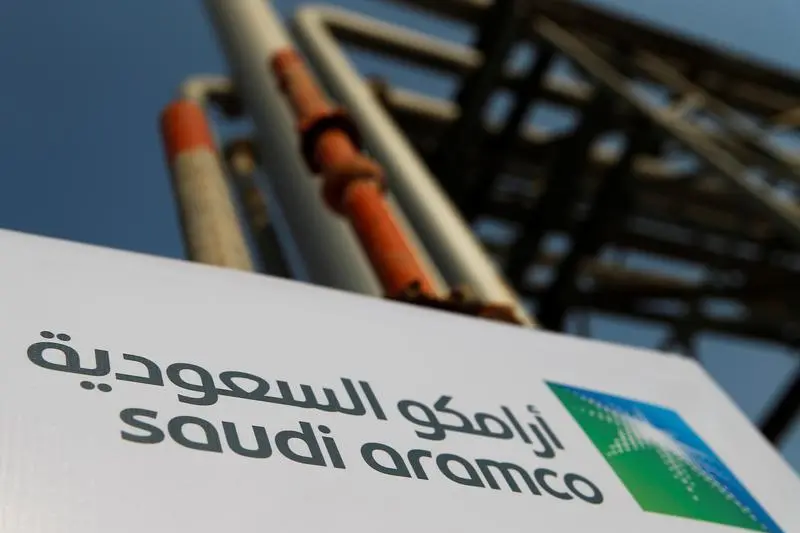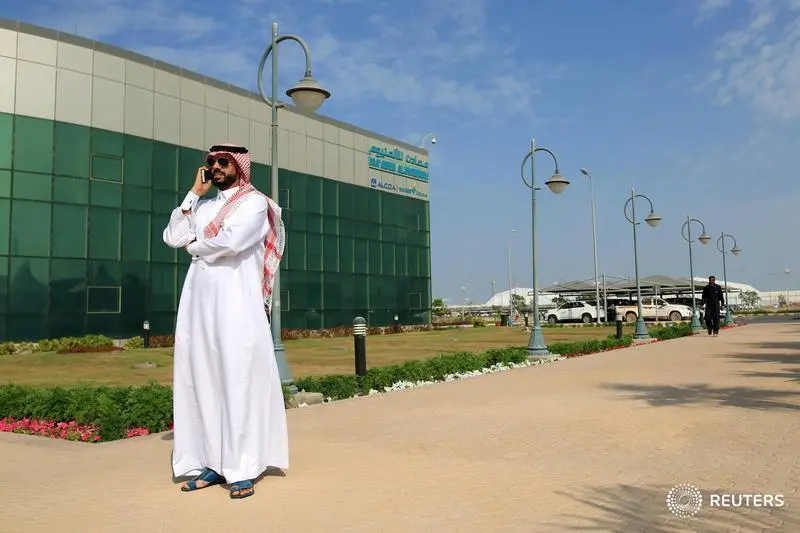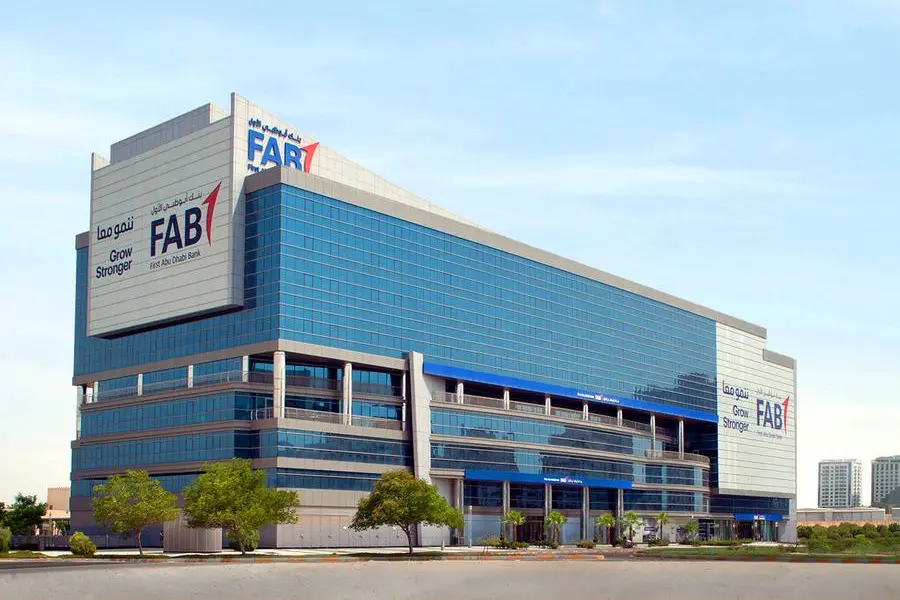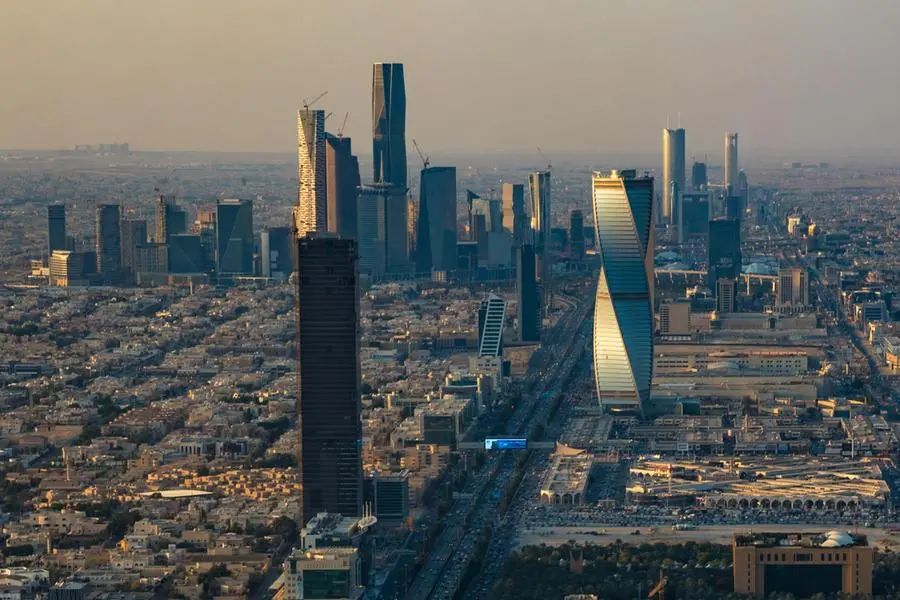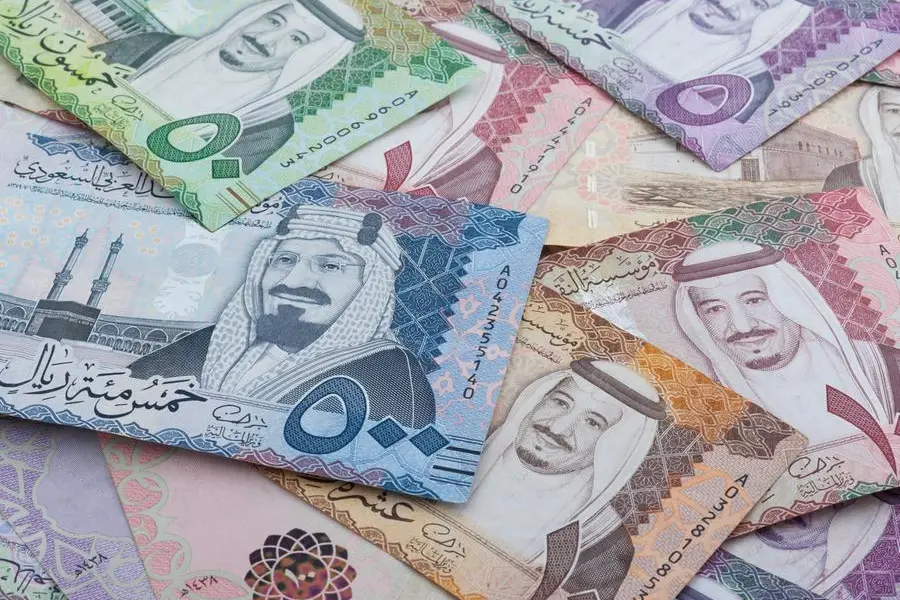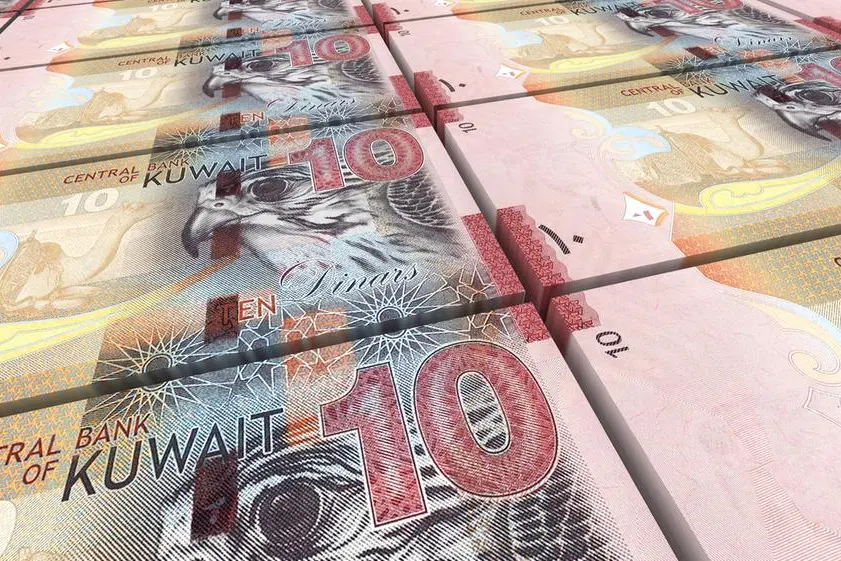PHOTO
Qatar was the second top liquefied natural gas exporter globally and led GECF member LNG producers in July, a report has shown.
In its latest monthly report, Doha-headquartered GECF noted global LNG exports rose sharply by 5.4% (1.71mn tonnes) y-o-y, reaching 33.6mn tonnes and a record high in July.
Stronger LNG exports from non-GECF countries boosted global LNG exports and offset weaker exports from GECF member countries and LNG reloads.
As such, the share of non-GECF countries in global LNG exports increased from 48.6% a year earlier to 51.7% last month.
In contrast, the share of GECF member countries and reloads in global LNG exports fell from 50.7% and 0.7%, respectively, to 47.8% and 0.5%, respectively.
Between January and July this year, cumulative global LNG exports expanded by 4.2% (9.60mn tonnes) y-o-y to reach 238.88mn tonnes.
“In July, the US, Qatar and Australia were the top LNG exporting countries,” GECF noted.
Last month, LNG exports from GECF member countries and observers declined for the second consecutive month.
GECF countries’ LNG exports fell by 0.7% (0.11mn tonnes) y-o-y to 16.06mn tonnes.
Egypt, Equatorial Guinea, Malaysia, Nigeria, Russia, Trinidad and Tobago and the United Arab Emirates contributed to the decline and offset higher exports from Qatar, Algeria, Angola, Mozambique, Norway and Peru.
From January to July this year, GECF countries’ cumulative LNG exports grew by 2.2% (2.13mn tonnes) y-o-y, totalling 99.93mn tonnes. The drop in LNG exports in Malaysia, Russia and Trinidad and Tobago was attributed to higher planned maintenance activity at the MLNG, Sakhalin 2 and Atlantic LNG facilities, respectively.
In Egypt and Nigeria, lower feedgas availability led to a decline in LNG exports from both countries.
Furthermore, an unplanned outage at the Das Island LNG facility drove the United Arab Emirates’ LNG exports lower.
Conversely, lower planned maintenance at the Skikda, Angola and Peru LNG facilities supported higher LNG exports from Algeria, Angola and Peru.
Higher feedgas availability also contributed to the increase in Algeria’s LNG exports.
In Mozambique, the stronger LNG exports were supported by the continued ramp-up in LNG production at the Coral South FLNG facility.
In July, gas and LNG spot prices in Europe and Asia reversed the previous month’s gains with overall bearish market fundamentals, GECF noted.
The average Title Transfer Facility (TTF) spot gas prices in Europe stood at $9.56/MMBtu, marking an 8% decline compared to the previous month.
Meanwhile, the average Northeast Asia (NEA) LNG spot prices experienced an increase of 8% m-o-m to reach $10.88/MMBtu. Global gas market fundamentals remain relatively weak due to tepid demand in both Europe and Asia, as well as high EU gas storage levels.
However, increasing buying activity from LNG importers in South and Southeast Asia will support prices in the upcoming months, GECF noted.
© Gulf Times Newspaper 2022 Provided by SyndiGate Media Inc. (Syndigate.info).In its latest monthly report, Doha-headquartered GECF noted global LNG exports rose sharply by 5.4% (1.71mn tonnes) y-o-y, reaching 33.6mn tonnes and a record high in July.
Stronger LNG exports from non-GECF countries boosted global LNG exports and offset weaker exports from GECF member countries and LNG reloads.
As such, the share of non-GECF countries in global LNG exports increased from 48.6% a year earlier to 51.7% last month.
In contrast, the share of GECF member countries and reloads in global LNG exports fell from 50.7% and 0.7%, respectively, to 47.8% and 0.5%, respectively.
Between January and July this year, cumulative global LNG exports expanded by 4.2% (9.60mn tonnes) y-o-y to reach 238.88mn tonnes.
“In July, the US, Qatar and Australia were the top LNG exporting countries,” GECF noted.
Last month, LNG exports from GECF member countries and observers declined for the second consecutive month.
GECF countries’ LNG exports fell by 0.7% (0.11mn tonnes) y-o-y to 16.06mn tonnes.
Egypt, Equatorial Guinea, Malaysia, Nigeria, Russia, Trinidad and Tobago and the United Arab Emirates contributed to the decline and offset higher exports from Qatar, Algeria, Angola, Mozambique, Norway and Peru.
From January to July this year, GECF countries’ cumulative LNG exports grew by 2.2% (2.13mn tonnes) y-o-y, totalling 99.93mn tonnes. The drop in LNG exports in Malaysia, Russia and Trinidad and Tobago was attributed to higher planned maintenance activity at the MLNG, Sakhalin 2 and Atlantic LNG facilities, respectively.
In Egypt and Nigeria, lower feedgas availability led to a decline in LNG exports from both countries.
Furthermore, an unplanned outage at the Das Island LNG facility drove the United Arab Emirates’ LNG exports lower.
Conversely, lower planned maintenance at the Skikda, Angola and Peru LNG facilities supported higher LNG exports from Algeria, Angola and Peru.
Higher feedgas availability also contributed to the increase in Algeria’s LNG exports.
In Mozambique, the stronger LNG exports were supported by the continued ramp-up in LNG production at the Coral South FLNG facility.
In July, gas and LNG spot prices in Europe and Asia reversed the previous month’s gains with overall bearish market fundamentals, GECF noted.
The average Title Transfer Facility (TTF) spot gas prices in Europe stood at $9.56/MMBtu, marking an 8% decline compared to the previous month.
Meanwhile, the average Northeast Asia (NEA) LNG spot prices experienced an increase of 8% m-o-m to reach $10.88/MMBtu. Global gas market fundamentals remain relatively weak due to tepid demand in both Europe and Asia, as well as high EU gas storage levels.
However, increasing buying activity from LNG importers in South and Southeast Asia will support prices in the upcoming months, GECF noted.
